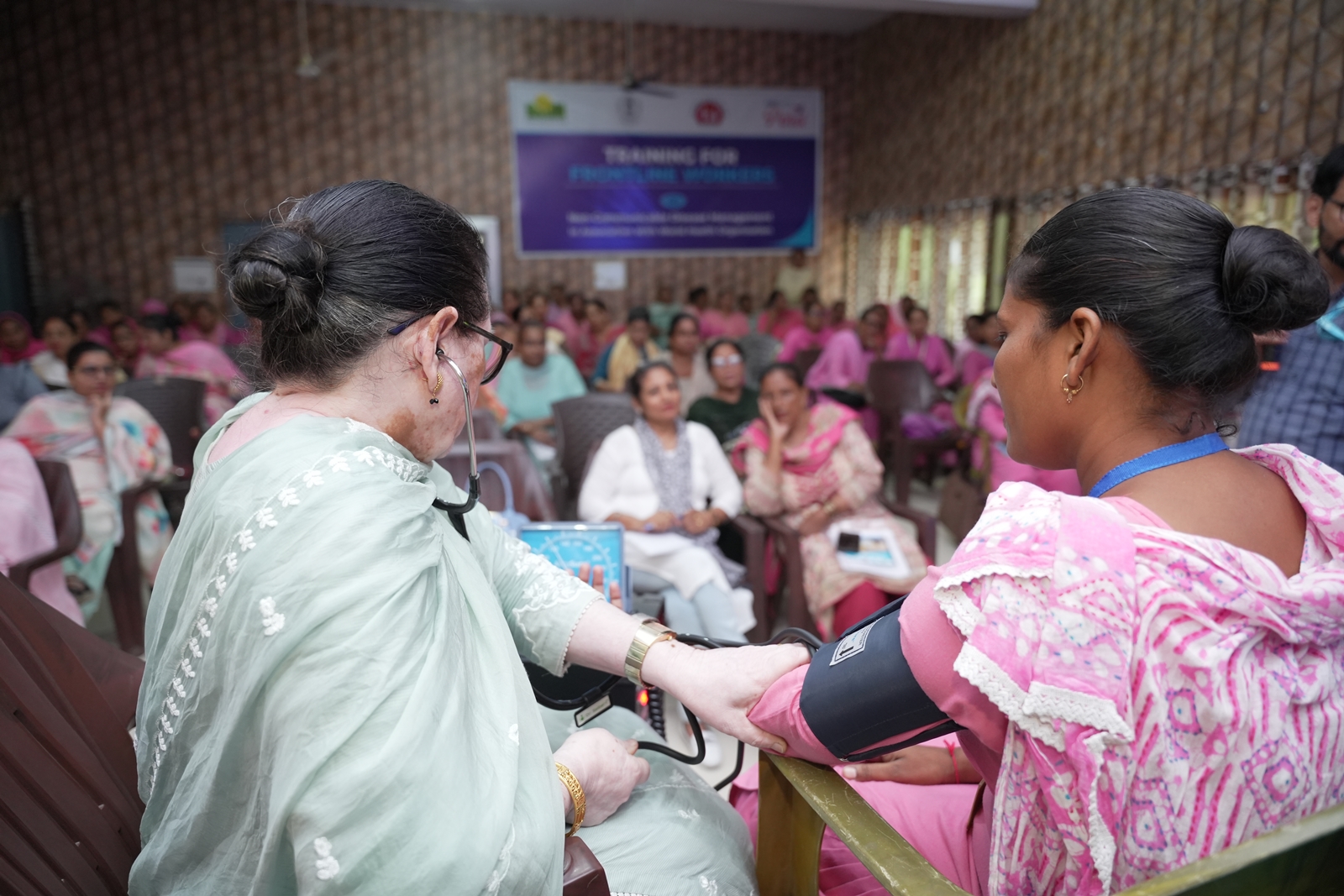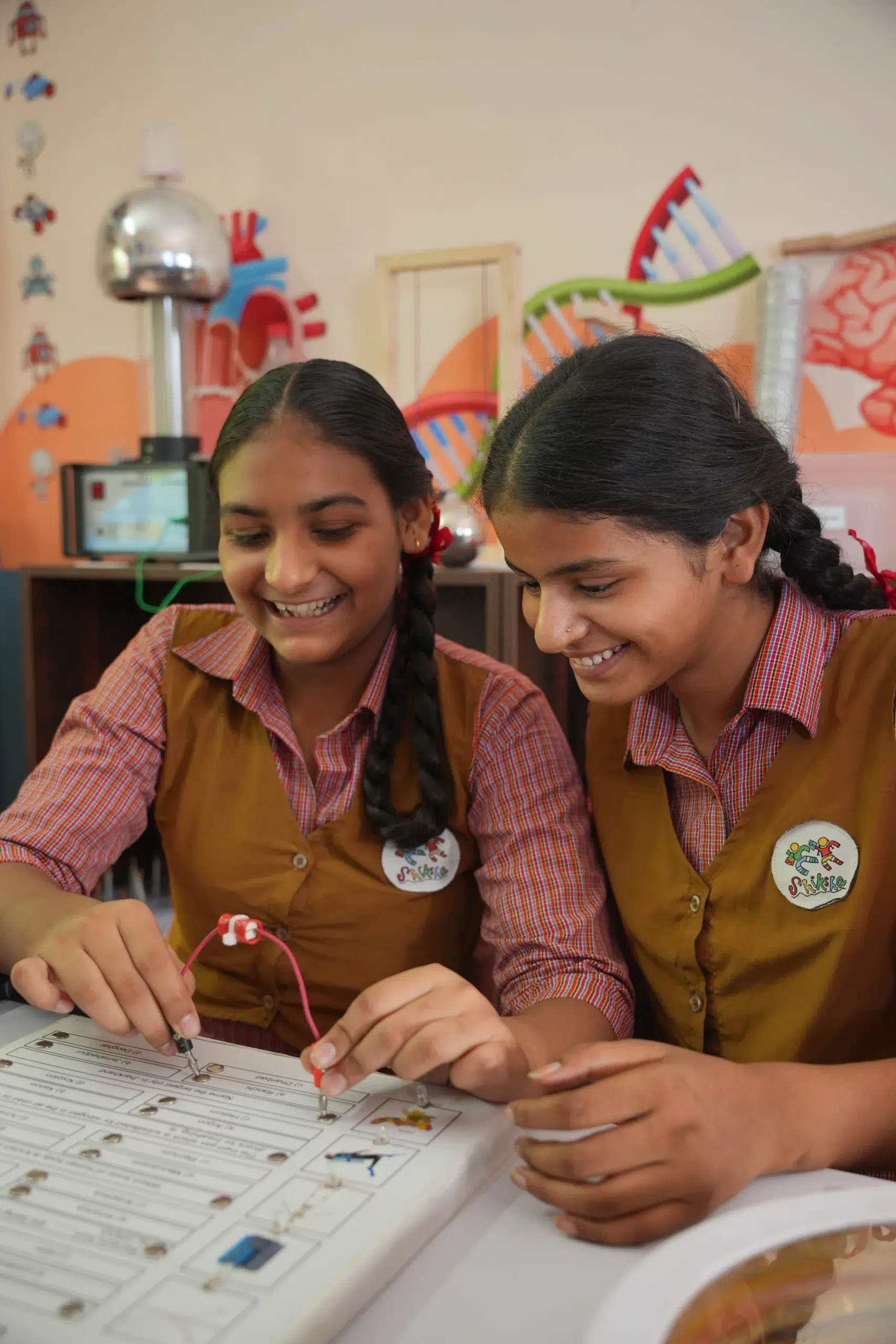Across the globe, women continue to face social and economic inequalities, including lower wages, underrepresentation in leadership and limited participation in science, technology, engineering and mathematics (STEM). A UNESCO report revealed that women make up only 29% of science research and development (R&D) positions worldwide and are 25% less likely than men to know how to leverage digital technology for basic uses. With Artificial Intelligence (AI) becoming an increasingly dominant force, it has the potential to bridge these gender gaps. Whether it’s providing access to new job opportunities, enhancing financial inclusion or transforming the social landscape, AI is beginning to break down traditional barriers that have limited women’s roles in society. It has the potential to promote gender equality and empower women across the world.
Reskilling and Upskilling Women Workers
The AI revolution is bringing profound changes to the job market and ensuring women are part of this transformation is crucial. AI is expected to reshape industries, making digital skills a necessity. However, the gender gap in digital literacy and access to technology is a significant barrier. A report from UNESCO highlights that women are 25% less likely to use the Internet to search for jobs and the global gender gap in smartphone ownership means that around 327 million fewer women than men have access to mobile internet.
Additionally, it was discovered that women and girls worldwide are 25% less likely than men to understand how to use digital technology for basic tasks, like applying arithmetic formulas in a spreadsheet and are four times less likely to possess computer programming skills.
In India, the Digital India initiative has facilitated the creation of numerous AI-driven platforms designed to enhance women’s participation in the workforce. AI-powered programmes like i-Saksham, provide digital skills training, encouraging more women, especially from rural areas, to gain the tools needed to enter and thrive in technology-driven sectors, thereby a promising shift toward gender parity in education and future employment opportunities.
Breaking Economic Barriers
One of the most significant areas where AI is contributing to women’s empowerment is economic inclusion. Globally, women have historically been underrepresented in many high-paying industries, particularly in technology and finance. According to the World Economic Forum, it will take another 131 years to close the global gender gap and AI can help accelerate this closure.
AI helps connect women to job opportunities through platforms that match skills with employment needs, allowing them to enter fields that were once dominated by men. AI-driven platforms are being used to connect women artisans and farmers with markets and resources that were previously out of reach. Such initiatives are lifting women out of poverty and driving greater economic participation.
In the broader context, AI is democratising access to financial services for women. According to the World Bank, over 1 billion women worldwide remain financially excluded, a barrier AI-powered fintech solutions are working to dismantle. AI-powered platforms have the potential to bring women into the economy by allowing them to manage their finances independently, making it easier to start and grow businesses, access loans and achieve financial independence.
AI in Leadership and Decision-Making
Leadership roles have historically been dominated by men, but AI is beginning to create a level playing field. AI-driven analytics can help identify patterns of gender bias in hiring and promotions, allowing companies to take corrective measures. On a global scale, AI is being used in decision-making processes within businesses and governments, making it easier to monitor and promote gender equality.
Additionally, AI is empowering women in agriculture, a sector where they are often overlooked. In India, initiatives like the AI4AI program leverage artificial intelligence to provide women farmers with insights into climatic data, soil moisture levels and crop water requirements, enabling them to make better decisions and increase productivity.
Policies and Initiatives Driving AI in Women’s Empowerment
Governments and organisations are increasingly recognising the role AI plays in empowering women and are implementing policies to support this change. In India, the National Strategy for AI emphasises inclusive AI, focusing on ensuring that AI benefits all, including women. Initiatives like Women in AI, a nonprofit, community-driven initiative bringing awareness and knowledge through education, events and blogging, are examples of global efforts to bring women into the AI ecosystem.
Corporations are also stepping up, with companies like Google and Microsoft offering AI training to women in underrepresented regions. These initiatives aim to increase the number of women in AI-related fields, providing them with the tools to succeed in this emerging sector.
Challenges and the Road Ahead
Despite these advancements, challenges remain. The gender gap in AI remains stark, with women making up only 22% of AI professionals globally, according to the World Economic Forum. There are also concerns about the gender biases embedded in AI algorithms themselves, which can perpetuate existing inequalities. A report by UNESCO in 2024 warned that if not addressed, AI could reinforce gender stereotypes and widen the digital divide.
Ensuring equitable access to AI technology is another challenge, particularly in rural areas where digital literacy remains low. To truly empower women through AI, there must be a concerted effort to provide education, resources, and infrastructure that allow women from all backgrounds to participate in and benefit from AI innovations.
Conclusion
Artificial intelligence is a transformative technology with the potential to influence various aspects of society, including the promotion of women’s rights and opportunities. While significant strides have been made globally and in India, more needs to be done to ensure equitable access to AI technologies and opportunities. By continuing to push for inclusive policies, gender-neutral algorithms and educational programmes that bridge the digital divide, AI can become a powerful tool in achieving true gender equality. However, as we move forward, it is essential to remember that technology alone is not enough—sustained social change and inclusive efforts will be key to realising the full potential of AI in empowering women.









